Monthly Archives: January 2025
SOURCE: AFI


In a strategic development that underscores India’s growing clout in defense technology collaborations, the Indian defense sector has left both Safran of France and Rolls-Royce of the UK in a state of uncertainty regarding the co-development of the engine for the Advanced Medium Combat Aircraft (AMCA). The Gas Turbine Research Establishment (GTRE), under India’s Defence Research and Development Organisation (DRDO), has yet to announce its choice of partner for this critical project.
The AMCA program, aimed at producing a 5th generation stealth fighter jet, is at the heart of India’s ambitions to achieve self-reliance in military aviation. The engine, a key component, is expected to deliver between 110-130kN of thrust, marking a significant leap in capability over current Indian fighter engines.
Continue readingSOURCE: AFI


Larsen & Toubro (L&T), one of India’s premier engineering and construction conglomerates, has embarked on a significant technological venture with the Indian Institute of Technology Delhi (IIT-Delhi) to develop an indigenous 3D scanning SONAR system tailored for underwater applications. This partnership aims to push the boundaries of underwater exploration and surveillance in India, highlighting a step towards self-reliance in advanced marine technology.
The collaboration focuses on creating a state-of-the-art 3D SONAR system that leverages the latest in acoustic technology to provide detailed three-dimensional imaging of underwater environments. The project is particularly aimed at enhancing capabilities for applications such as underwater inspection, mapping, and navigation, which are crucial for industries like defense, oil and gas, and marine research.
Continue readingSOURCE: AFI


Hindustan Aeronautics Limited (HAL) finds itself at a critical juncture with its Light Utility Helicopter (LUH) program, particularly with the imminent threat of increased competition from the Airbus H125 in the Indian market. The Airbus H125, soon to be assembled in India through a partnership with Tata Advanced Systems Limited (TASL), poses a significant challenge to HAL’s LUH.
Here’s why HAL needs to accelerate the development and production of an improved LUH MkII.
Continue readingSOURCE: IDRW.ORG


Dynamatic Technologies Ltd, renowned for its precision engineering, is pioneering the development of a jet-powered loitering ammunition system designed to operate independently of GPS, using innovative optical waypoint guidance. This new system, which is being developed in conjunction with the company’s CHEEL VTOL surveillance drone, promises to redefine tactical operations by offering a range of 80km without reliance on traditional navigation or control methods.
The loitering ammunition eschews GPS dependency, which is critical in environments where GPS signals might be jammed or denied. Instead, it employs an optical waypoint guidance system, where the ammunition “looks” for predefined visual cues or targets, allowing it to navigate based on visual recognition of terrain or landmarks.
Continue readingSOURCE: IDRW.ORG


Sukaran Singh, CEO and Managing Director of Tata Advanced Systems Ltd., recently shared critical insights at the Centre for Air Power Studies (CAPS), emphasizing the need for a deeper strategic approach to India’s aerospace and defense ecosystem. Speaking candidly, Singh highlighted the achievements and shortcomings of initiatives like “Make in India” and “Aatmanirbhar Bharat,” stressing the importance of strategic control and proactive policy support to drive innovation and self-reliance in defense technologies.
Singh outlined the primary objectives of “Make in India,” noting the initiative’s potential to create jobs by transferring manufacturing activities to India. However, he argued that the broader aim should go beyond employment generation to achieving strategic control over key technologies. He emphasized the importance of self-sufficiency in developing and exporting advanced defense platforms, which would reduce dependencies on external actors and secure India’s strategic autonomy.
Continue readingSOURCE: AFI
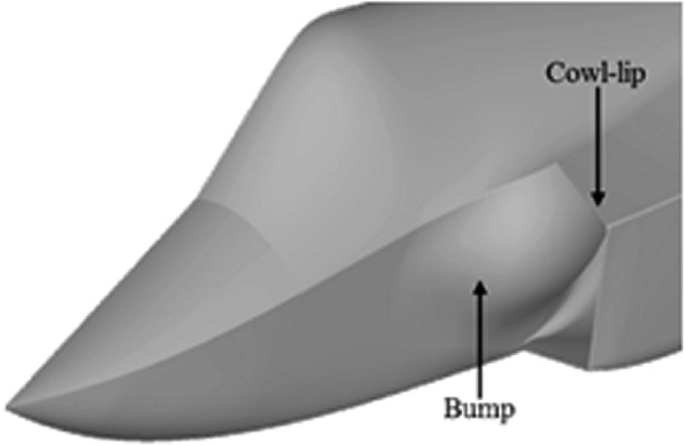

The Indian Air Force’s indigenous fighter jet projects, the Tejas MkII and the Advanced Medium Combat Aircraft (AMCA), showcase India’s ambition to become self-reliant in military aviation. A notable distinction between these two aircraft is the use of Diverterless Supersonic Inlet (DSI) technology. While the AMCA adopts this modern design feature, the Tejas MkII does not. Here’s an analysis of the reasons behind this difference in design philosophy.
DSI intakes are a modern innovation in aircraft design, particularly for fighters, where they replace traditional intake systems with diverter plates. They offer benefits like reduced radar cross-section due to fewer moving parts, less drag, and potentially better airflow management. This technology is particularly advantageous for stealth aircraft, where minimizing radar visibility is crucial .
Continue readingSOURCE: AFI
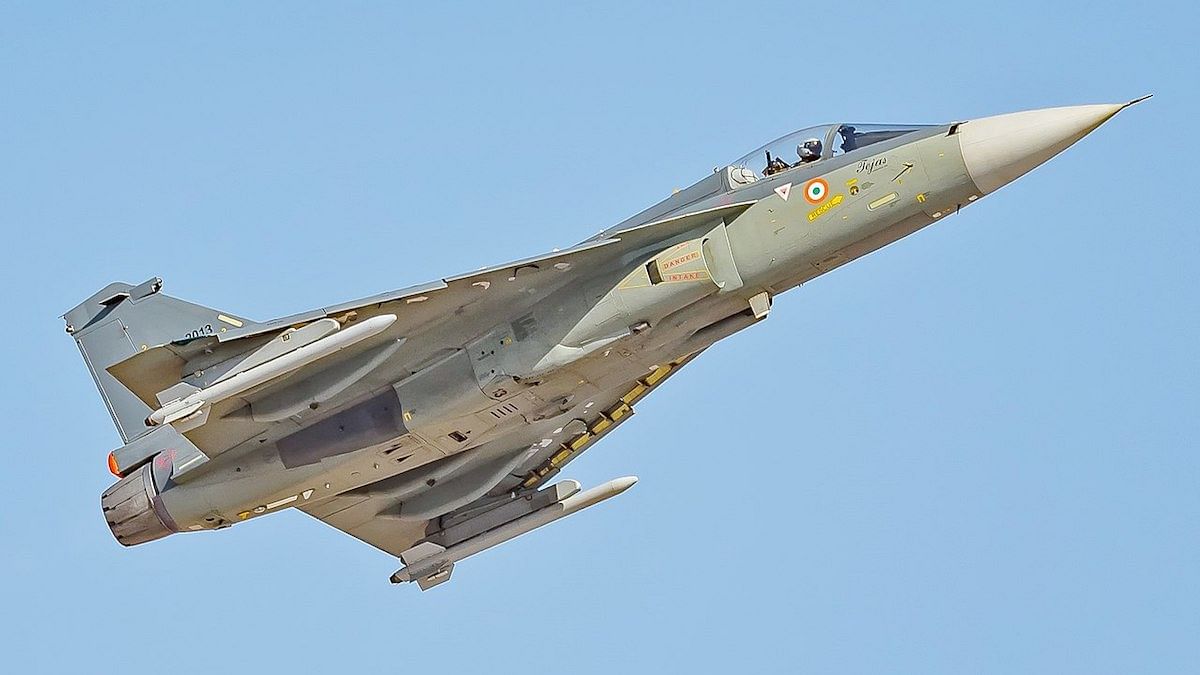

In a surprising turn of events, both Nigeria and Botswana have reportedly halted negotiations with India regarding the purchase of the Light Combat Aircraft (LCA) Tejas. This development could be a significant setback for Hindustan Aeronautics Limited (HAL) and India’s ambitions to expand its defense export market.
Nigeria’s interest in the Tejas was seen as part of its broader plan to upgrade its air force, which has been actively seeking to replace its aging fleet of aircraft. The Nigerian Air Force (NAF) has been exploring multiple options, including the Tejas, to enhance its combat capabilities, especially against the backdrop of ongoing security challenges like insurgency and piracy. However, recent reports indicate that Nigeria has decided against proceeding with the acquisition.
Continue readingSOURCE: AFI
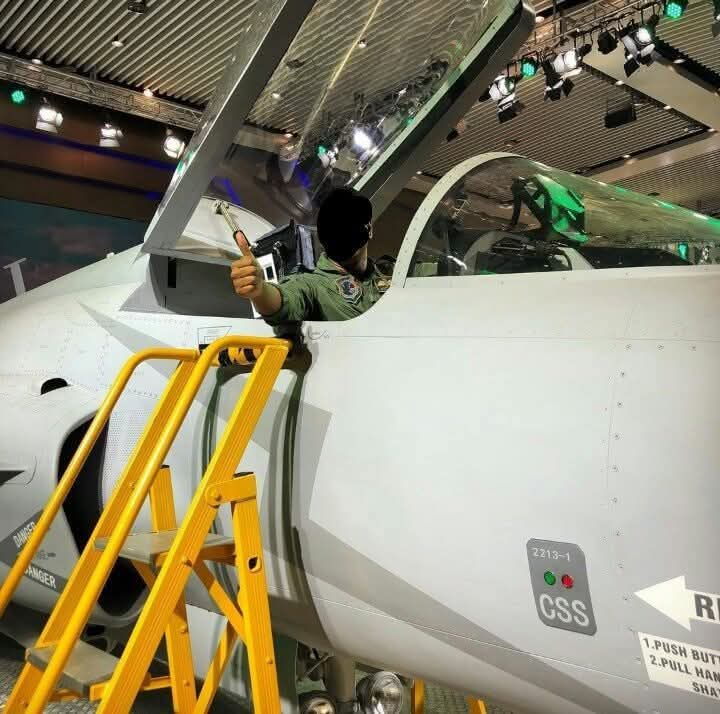

In a remarkable shift in its military procurement strategy, Bangladesh has recently shown interest in the Chinese-Pakistani joint venture, the JF-17 Thunder, after earlier considerations of acquiring more advanced Western and Chinese fighters like the Eurofighter Typhoon, Rafale, and J-10CE. This development was highlighted when Bangladeshi pilots were photographed inside the cockpit of JF-17 jets during a visit to Pakistan, as reported by various Pakistani media outlets.
Bangladesh’s pursuit of modernizing its air force has been marked by a strategic evaluation of various aircraft. Initially, there were reports of interest in the Eurofighter Typhoon and later in France’s Rafale, both known for their advanced capabilities and technology. However, the high costs associated with these Western jets, coupled with geopolitical considerations, might have led Bangladesh to reassess its options. The interest in the J-10CE, China’s fourth-generation-plus fighter, was a step in that direction, showcasing Bangladesh’s intent to diversify its military assets.
Continue readingSOURCE: AFI


In a significant development for India’s aerospace industry, Airbus Helicopters, in partnership with Tata Advanced Systems Limited (TASL), has shortlisted four states to establish a new production line for the H125 helicopter. This initiative marks the fourth such facility globally and is poised to enhance the “Make-in-India” campaign, as per industry insiders who spoke on condition of anonymity.
The final assessment is focusing on potential sites in Uttar Pradesh, Gujarat, Andhra Pradesh, and Karnataka. An announcement regarding the chosen location is anticipated shortly, with the goal of commencing production to roll out the first H125 helicopter from an Indian facility by next year. This move signifies a major step towards local manufacturing in the aerospace sector .
Continue readingSOURCE: AFI
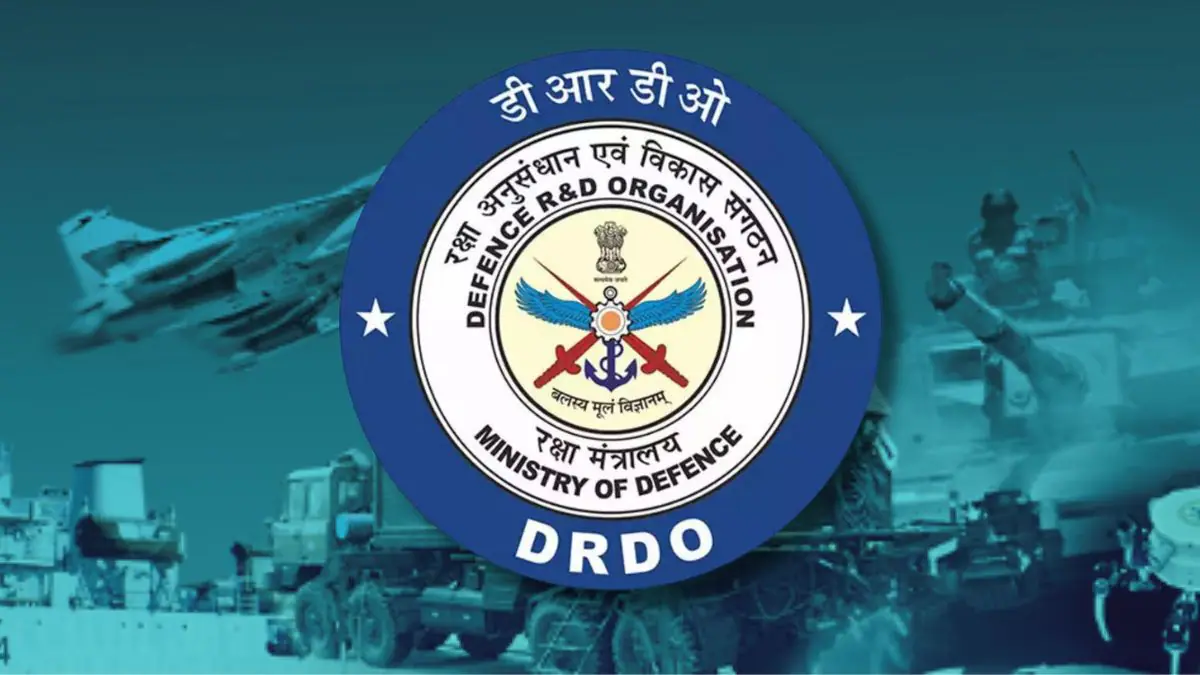

As 2024 draws to a close, the Defence Research and Development Organisation (DRDO) of India has once again proven its mettle in advancing the nation’s defense capabilities. From pioneering missile systems to cutting-edge propulsion technologies, here are some of the landmark achievements that have marked DRDO’s year:
Continue readingSOURCE: AFI
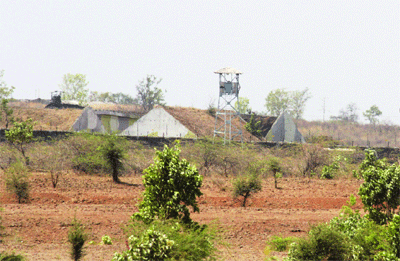

The Indian Army has embarked on an ambitious initiative to modernize its ordnance depots, which are critical for maintaining the supply chain of military equipment and materials. This modernization drive aims to update the ageing and often dilapidated infrastructure of these facilities and introduce state-of-the-art inventory management practices.
These facilities operate under the Directorate General Ordnance Services (DGOS) at Army Headquarters, which oversees their operations and ensures their alignment with the Army’s logistical requirements.
Continue readingSOURCE: RAUNAK KUNDE / NEWS BEAT / IDRW.ORG
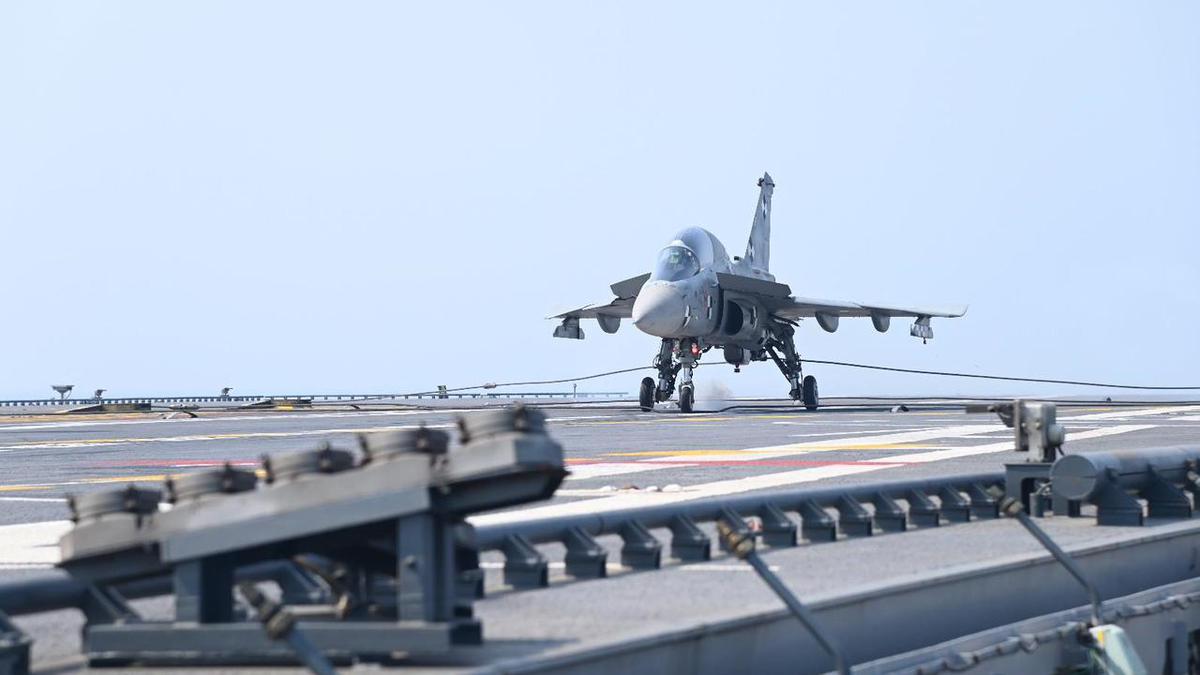

The Indian Navy’s ambition to procure 12 LCA-Navy Trainer aircraft for deck-based training of its fighter pilots is encountering delays, as per insights shared by a naval official with idrw.org. The primary reason for this delay is the Navy’s insistence on the Aeronautical Development Agency (ADA) completing rigorous testing and finalizing the configuration of the aircraft before it can be cleared for production, even in limited numbers.
ADA has so far manufactured three LCA-Navy aircraft, including two trainers and one single-seater variant. These have been employed as technology demonstrators (TD) for the Twin Engine Deck-Based Fighter (TEDBF) program. They are instrumental in collecting crucial data and validating systems and features demanded by the Indian Navy for carrier operations.
Continue readingSOURCE: RAUNAK KUNDE / NEWS BEAT / IDRW.ORG


In a recent statement to idrw.org, an official from Saab India outlined the possibility of coexistence between the Gripen-E and India’s indigenous Tejas MkII within the Indian Air Force (IAF), particularly in light of the upcoming Multi-Role Fighter Aircraft (MRFA) tender for 110 jets. This perspective comes at a time when many defence analysts argue that acquiring the Gripen-E might lead to unnecessary duplication of fleet capabilities.
The Gripen-E and Tejas MkII fall into the same weight class, with the Gripen-E having a Maximum Take-Off Weight (MTOW) of 16.5 tons and the Tejas MkII slightly higher at 17.5 tons. This similarity has sparked debates regarding the strategic necessity of purchasing the Gripen-E when India is actively developing its advanced fighter, the Tejas MkII, which offers marginally better range, endurance, and weapons-carrying capacity.
Continue readingSOURCE: RAUNAK KUNDE / NEWS BEAT / IDRW.ORG
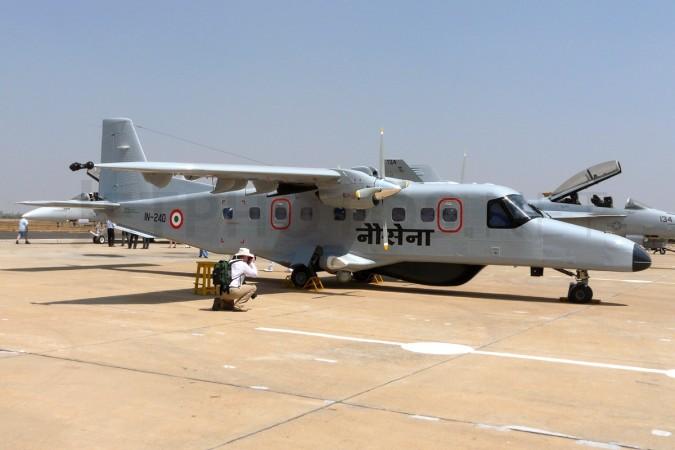

In a move to strengthen bilateral defence cooperation and expand its footprint in the global defence market, India has proposed its domestically manufactured Dornier 228 aircraft to meet the operational requirements of the Malaysian Coast Guard. This offer not only includes the sale of the aircraft but also encompasses the establishment of maintenance facilities and the transfer of technology, highlighting India’s commitment to fostering long-term partnerships.
The Dornier 228, a twin-turboprop STOL (Short Takeoff and Landing) utility aircraft, has been a significant asset for the Indian Coast Guard, Indian Navy, and Air Force, primarily used for maritime patrol, search and rescue, and surveillance operations. Manufactured by Hindustan Aeronautics Limited (HAL) under license from its German origins, this aircraft has proven its reliability and versatility across various terrains and climates.
Continue readingSOURCE: AFI


In a groundbreaking development for defense technology, Larsen & Toubro (L&T), one of India’s leading conglomerates, has embarked on a collaborative journey with Amrita University (Amrita Vishwa Vidyapeetham) to develop a lightweight bulletproof material. This partnership aims to revolutionize the materials used in protective gear and armor for various defense applications.
L&T, renowned for its engineering prowess and commitment to technological innovation, has joined forces with Amrita University, which brings its expertise in research and development within the realms of science and engineering. This synergy is expected to yield a material that not only offers superior protection but also reduces the weight burden traditionally associated with bulletproof solutions.
Continue reading